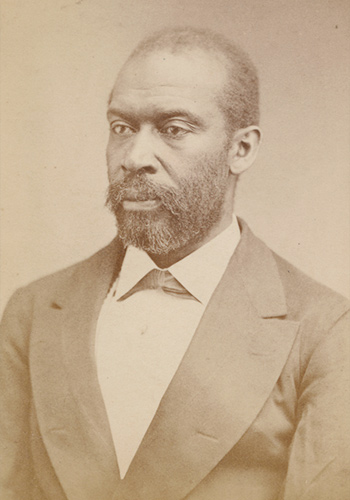On September 22, 1862, President Abraham Lincoln issued a preliminary warning to the Confederate states that he would issue the Emancipation Proclamation on January 1, 1863, if the South did not surrender. The order would grant freedom to more than 3.5 million enslaved people, excluding some half a million enslaved people not living in areas of rebellion. No Confederate states complied with the president’s order, and the Emancipation Proclamation took effect a few months later.
Directions
Use the magnifier to read the Memphis Daily Appeal article and answer the questions in the boxes below. Pay attention to any bias (favor for or against an idea, person, or group) and think about whether or not it is possible for a journalist to be objective when reporting on an event like the Civil War. If you’d like to read the full article, click here.
Memphis Daily Appeal. Memphis, Tenn. Sept. 29, 1862. Library of Congress
Questions
Annotate this Image
Directions: Read the article below utilizing the magnifier to help you. Then use the annotation tool to take notes on the following questions:
- In “The Proclamation,” what position does the newspaper take on the issue of slavery and Lincoln’s Emancipation Proclamation?
- Is this an example of an editorial or news report? Explain.
- Scan a couple of the other articles and explain what they are about and what their overall tone is.
- Lastly, read Lincoln’s proclamation (which begins in the fourth column with “Washington, Jan. 1 Whereas, on the 22d day of September . . .”). What do you think is the most significant difference between hearing a US president give his speech on television and reading the speech in a newspaper?
Download the notes to share with your class.
Source: The Independent. Oskaloosa, Kansas, Jan. 10, 1863. Library of Congress
Use the toggle button above to switch to Magnify Mode. Magnify mode will help you see finer detail in the image.
Switch back to Annotate Mode to create your annotations with click and drag.

Your Annotations






![Memphis daily appeal. [volume] (Memphis, Tenn.), 29 Sept. 1862. Chronicling America: Historic American Newspapers. Lib. of Congress.](/sites/default/files/media/civilwar-primary-source-3-media.jpg)